View all Standards for British Columbia (2018)
Create dramatic works both collaboratively and as an individual, using ideas inspired by imagination, inquiry, and purposeful play
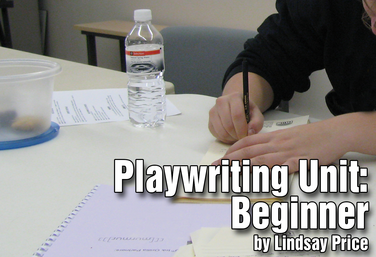
Playwriting Unit: Beginner
by Lindsay Price
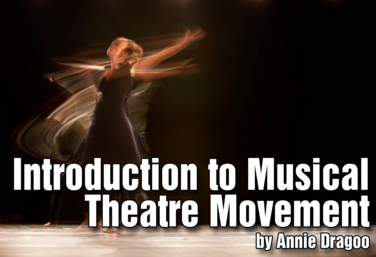
Introduction to Musical Theatre: Movement
by Annie Dragoo
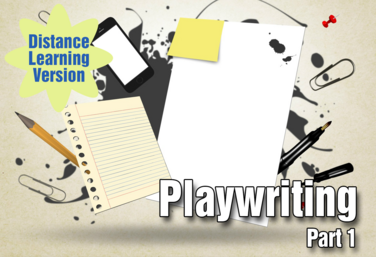
Part of the Distance Learning Curriculum
Playwriting: Part 1
by Lindsay Price
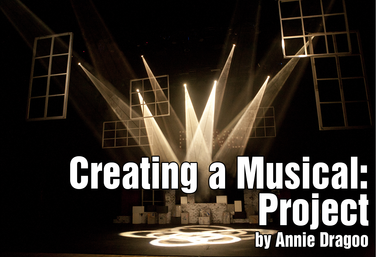
Creating a Musical: Project
by Annie Dragoo
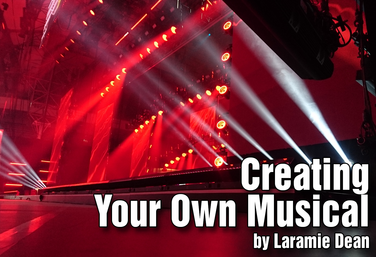
Creating Your Own Musical
by Laramie Dean
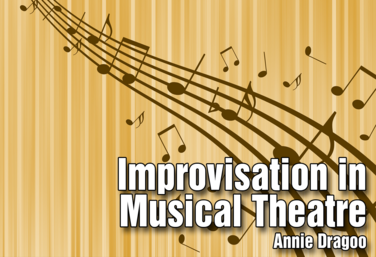
Improvisation in Musical Theatre
by Annie Dragoo
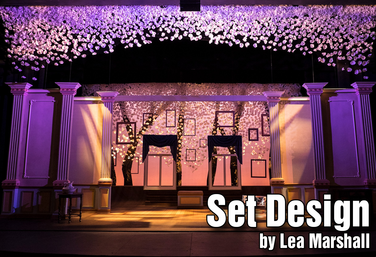
Introduction to Set Design *Hyperdoc
by Lea Marshall
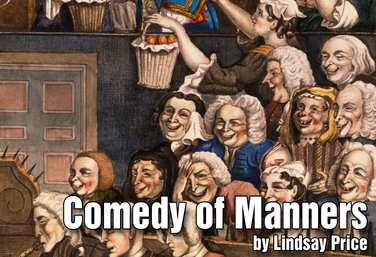
Comedy of Manners
by Lindsay Price
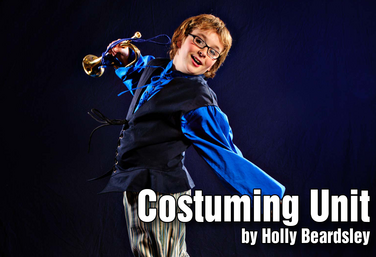
Costuming
by Holly Beardsley
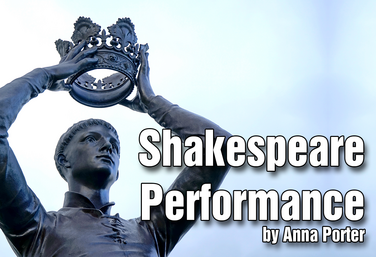
Shakespeare Performance
by Anna Porter
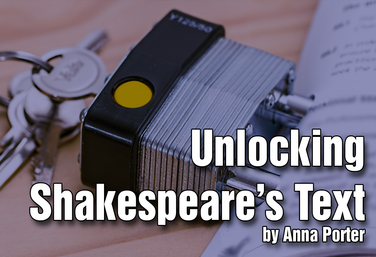
Unlocking Shakespeare's Text
by Anna Porter
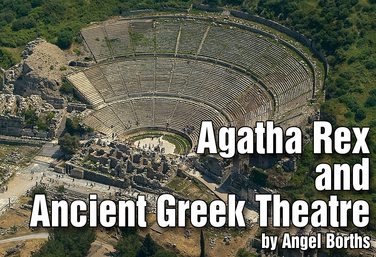
Agatha Rex and Ancient Greek Theatre
by Angel Borths
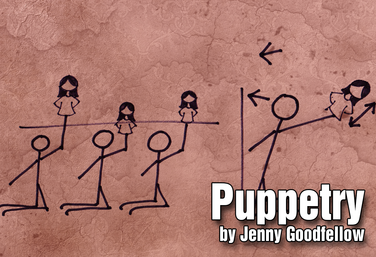
Puppetry
by Jenny Goodfellow
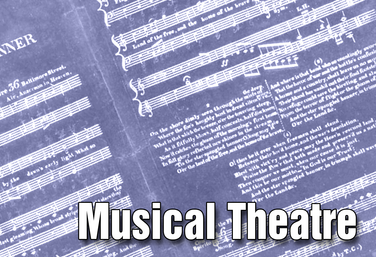
Musical Theatre
by Anna Porter
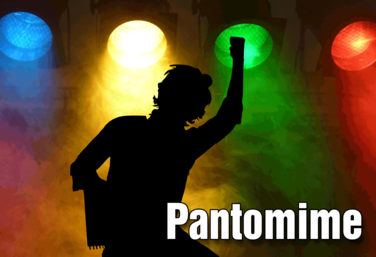
Pantomime
by Angel Borths
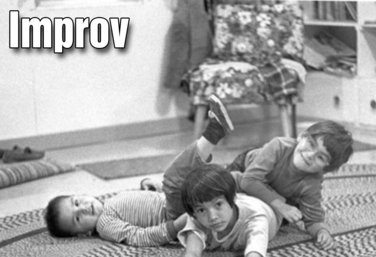
Improv
by Anna Porter
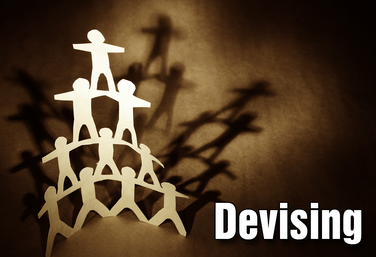
Part of the Drama Two Curriculum
Devising
by Corinna Rezzelle
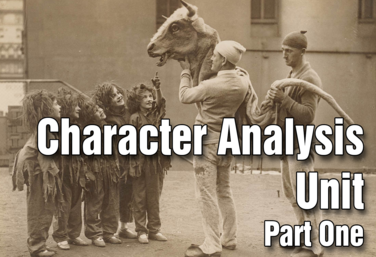
Part of the Drama Two Curriculum
Character Analysis - Part 1
by Matt Webster

Part of the Drama One Curriculum
What is Theatre?
by Karen Loftus
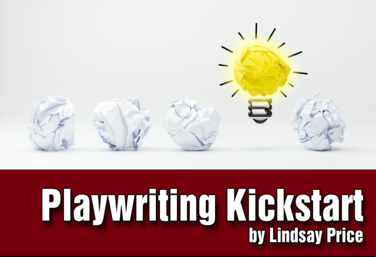
Playwriting Kickstart: Multi platform
by Lindsay Price
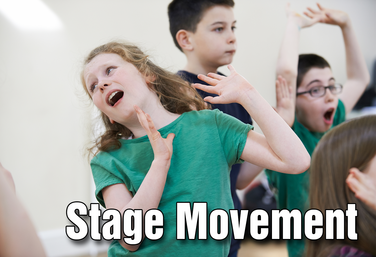
Part of the Drama One Curriculum
Stage Movement
by Karen Loftus

Part of the Drama One Curriculum
Pantomime
by Karen Loftus
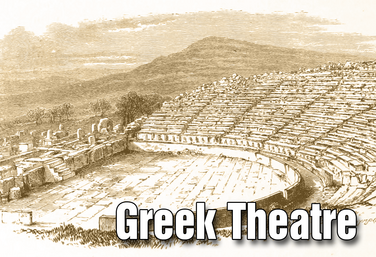
Part of the Drama One Curriculum
Ancient Greek Theatre
by Karen Loftus
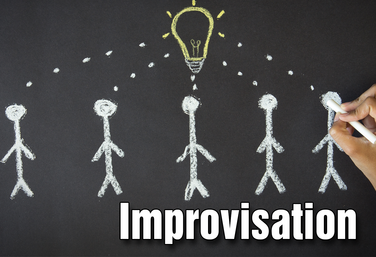
Part of the Drama One Curriculum
Improvisation
by Karen Loftus

Part of the Drama One Curriculum
Commedia Dell'Arte
by Karen Loftus
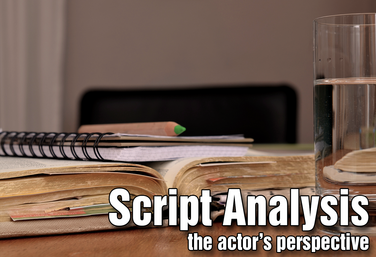
Part of the Drama One Curriculum
Script Analysis: The Actor's Perspective
by Karen Loftus
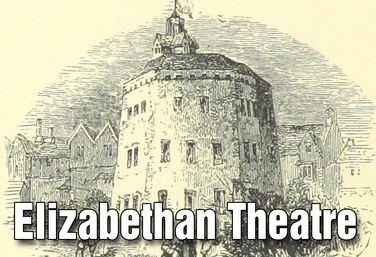
Part of the Drama One Curriculum
Elizabethan Theatre
by Karen Loftus
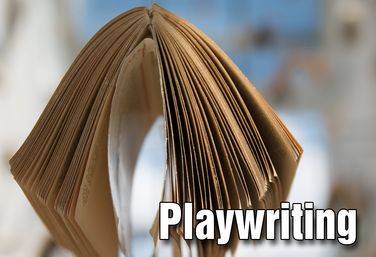
Part of the Drama One Curriculum
Playwriting
by Karen Loftus
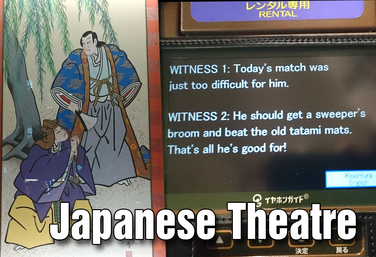
Part of the Drama One Curriculum
Japanese Theatre
by Karen Loftus
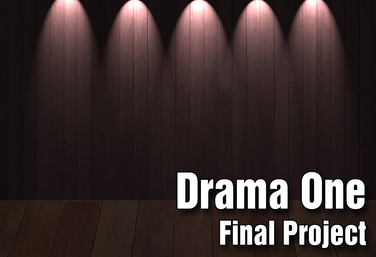
Part of the Drama One Curriculum
Drama One Final Project
by Karen Loftus
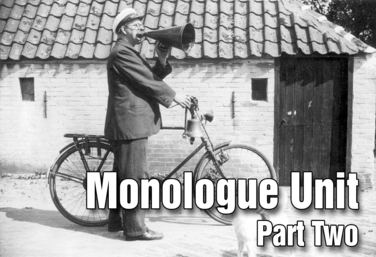
Part of the Drama Two Curriculum
Monologues - Part 2
by Matt Webster
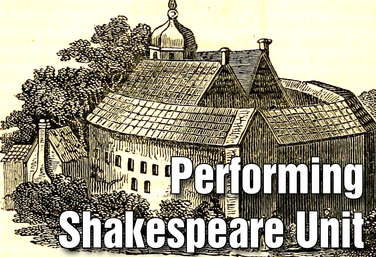
Part of the Drama Two Curriculum
Performing Shakespeare
by Matt Webster
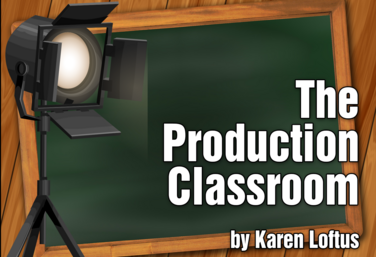
Part of the Production Classroom Units Curriculum
Part One - Pre-Production
by Karen Loftus

Part of the Production Classroom Units Curriculum
Part Two - Rehearsal and Performance
by Karen Loftus

Part of the Production Classroom Units Curriculum
Part Two - Documents
by Karen Loftus

Part of the Distance Learning Curriculum
What is Theatre?
by Lindsay Price and Karen Loftus

Part of the Distance Learning Curriculum
Pantomime
by Lindsay Price and Karen Loftus
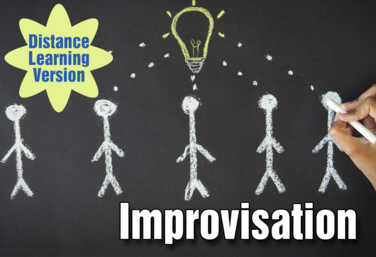
Part of the Distance Learning Curriculum
Improvisation
by Lindsay Price and Karen Loftus
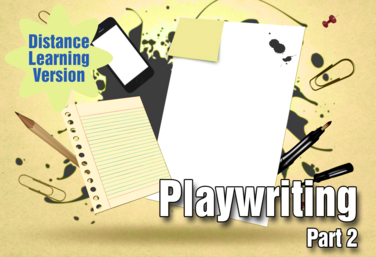
Part of the Distance Learning Curriculum
Playwriting: Part 2
by Lindsay Price

Part of the Production Classroom Units Curriculum
Part Three - Reflection and Assessment
by Karen Loftus
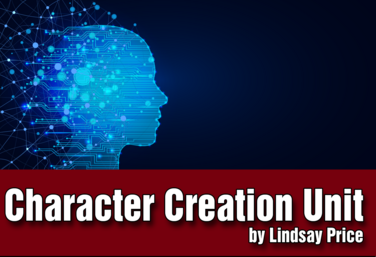
Character Creation: Superhero Series: Multi platform
by Lindsay Price and Kerry Hishon
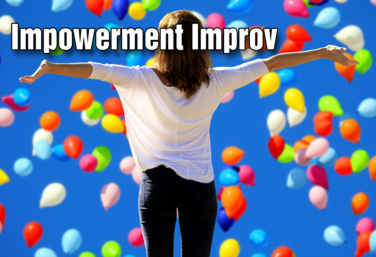
Impowerment Improv
by Jennine Profeta
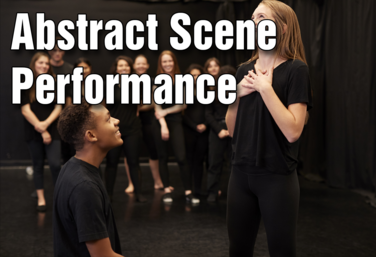
Abstract Scene Performance
by Annie Dragoo
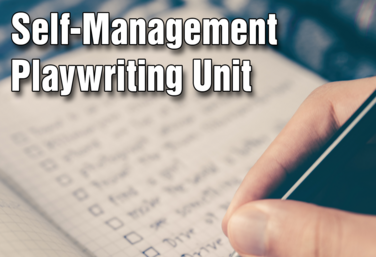
Self-Management Playwriting
by Lindsay Price
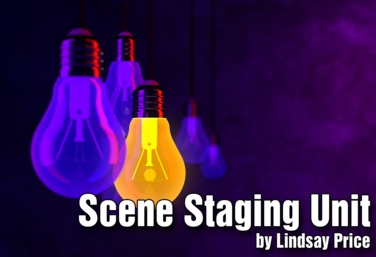
Scene Staging
by Lindsay Price

Spoken Word Poetry
by Quincy Young
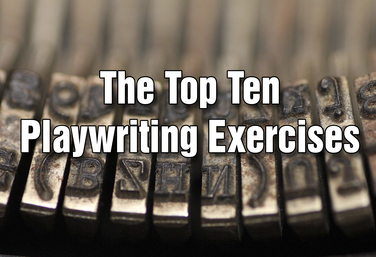
The Top Ten Playwriting Exercises
by Lindsay Price
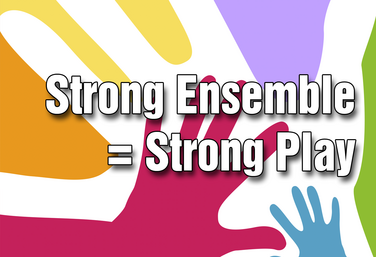
Strong Ensemble = Strong Play
by Craig Mason
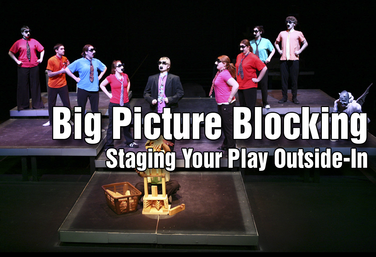
Big Picture Blocking: Staging Your Play Outside-In
by Todd Espeland
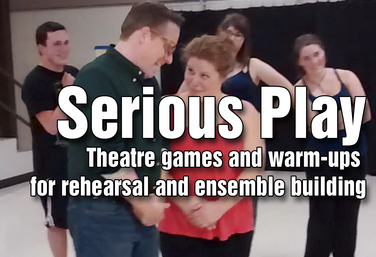
Serious Play: Theatre Games and Warmups for Rehearsal and Ensemble Building
by Todd Espeland
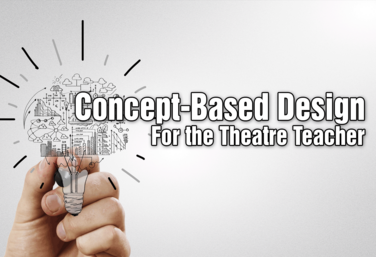
Concept-Based Design for the Theatre Teacher
by Matt Webster
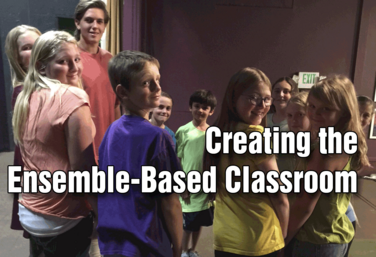
Creating the Ensemble-Based Classroom
by Gai Jones
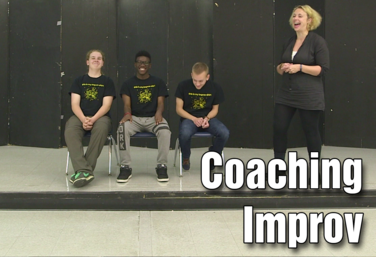
Coaching Improv
by Jennine Profeta
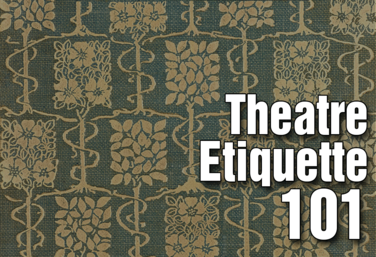
Theatre Etiquette 101
by Kerry Hishon

The Production Classroom
by Karen Loftus

21st Century Skills Through Devising
by Allison Williams
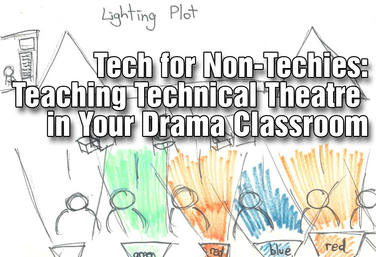
Tech for Non-Techies: Teaching Technical Theatre in Your Drama Classroom
by Josh Hatt
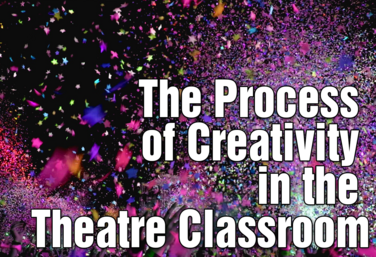
The Process of Creativity in the Theatre Classroom
by Gai Jones
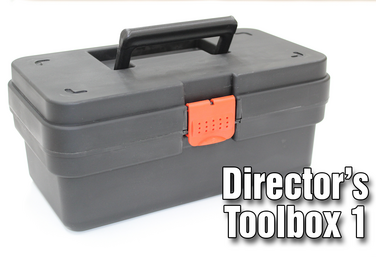
Director's Toolbox 1: Teaching Students to Direct
by James Van Leishout
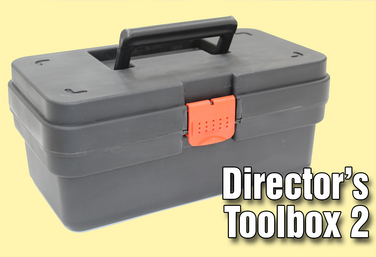
Director's Toolbox 2: Teaching Students to Direct
by James Van Leishout
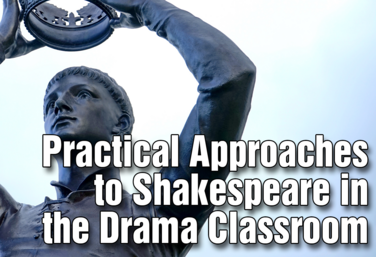
Practical Approaches to Shakespeare in the Drama Classroom
by Julie Hartley
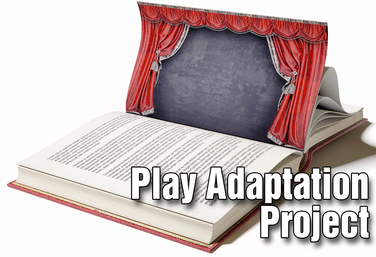
Play Adaptation Project
by Lindsay Price
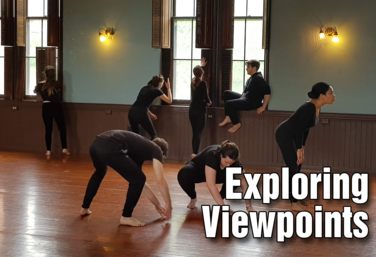
Exploring Viewpoints
by Erin Carr
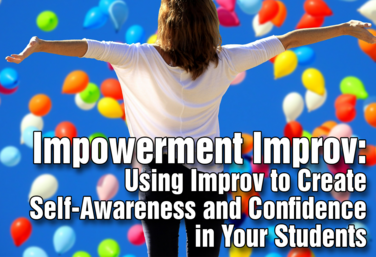
Impowerment Improv
by Jennine Profeta
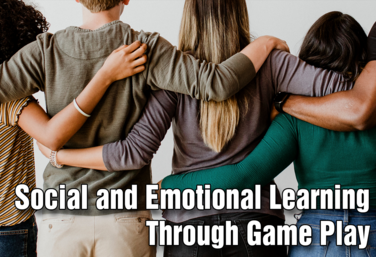
Social Emotional Learning through Game Play
by Matt Webster
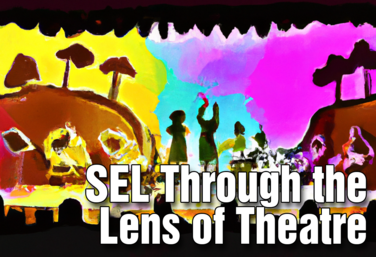
SEL Through the Lens of Theatre
by Christa Vogt
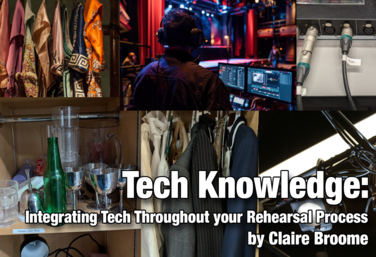
Tech Knowledge: Integrating Tech Throughout Your Rehearsal Process
by Claire Broome
View all Standards for British Columbia (2018) Standards Master List